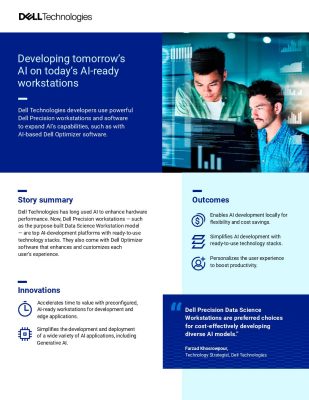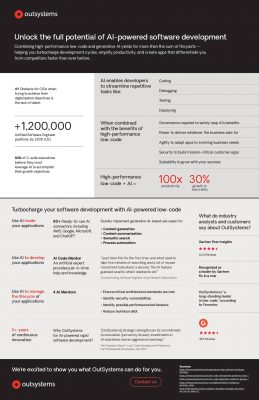Highlights:
- The high valuation at which the company is securing funding reflects investor confidence in its next-generation large language model.
- Following the launch of Strawberry, OpenAI is expected to focus on creating newer, even more advanced models.
According to recent reports, OpenAI is targeting USD 6.5 billion from investors at a pre-money valuation of USD 150 billion.
The report follows rumors from about two weeks ago that OpenAI is negotiating a new multibillion-dollar funding round. At that time, sources informed CNBC that OpenAI was aiming for a valuation of “more than USD 100 billion,” though no exact figure was provided.
Until now, the exact amount the company aims to raise has not been disclosed. A late August report revealed that Thrive Capital plans to lead the investment with a USD one billion contribution. Earlier this year, the venture capital firm acquired shares from existing OpenAI investors at a valuation of USD 86 billion.
Microsoft is also anticipated to participate in the funding round. To date, the company has provided OpenAI with approximately USD 13 billion in capital and cloud credits to support its AI research. Additionally, Nvidia Corp. and Apple Inc., which recently entered into a product partnership with OpenAI, might also participate.
The high valuation at which the company is raising capital suggests strong investor confidence in its next-generation large language model. Referred to as Strawberry, this model is anticipated to launch within two weeks. It is believed to offer more advanced reasoning abilities than GPT-4, making it more adept at tasks like solving math problems and generating code.
Strawberry is said to take considerably longer than other LLMs to answer questions, indicating it might need more hardware resources, potentially raising OpenAI’s inference costs once the model is launched. The funds OpenAI seeks to raise could help cover these additional expenses.
Following the launch of Strawberry, OpenAI is likely to focus on developing newer, more advanced models. These future development efforts are expected to increase the company’s hardware expenses further.
In a leaked internal memo from last month, OpenAI CFO Sarah Friar informed employees that a portion of the new funding will be allocated to acquiring computing infrastructure. The memo did not detail how the company plans to source this infrastructure. In March, sources reported that OpenAI is working with Microsoft to create a cloud-based AI supercomputer equipped with millions of chips.
In addition to the rumored USD 6.5 billion funding round, OpenAI is reportedly seeking a USD 5 billion revolving credit facility from banks. Sources note that several major tech companies secured similar credit lines before going public, with some financial institutions that provided the funding later underwriting their IPOs.
It remains uncertain whether OpenAI has plans for an IPO, which would provide one of the limited avenues for its investors to see a return on their investments. The company’s unique corporate structure may pose challenges for a public listing. Founded in 2015 as a nonprofit, OpenAI later created a for-profit arm that both spearheads its AI development and distributes shares to investors.
Last month, sources informed the Financial Times that OpenAI is considering revising its corporate structure. The company may potentially remove the existing caps that limit investors’ maximum returns. It remains unclear whether OpenAI is exploring additional changes that could make an eventual IPO easier to pursue.





























































